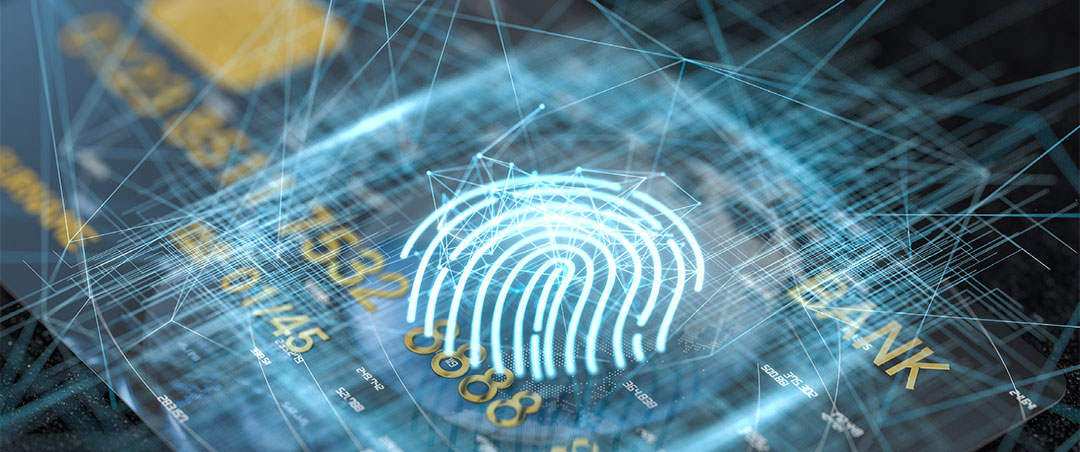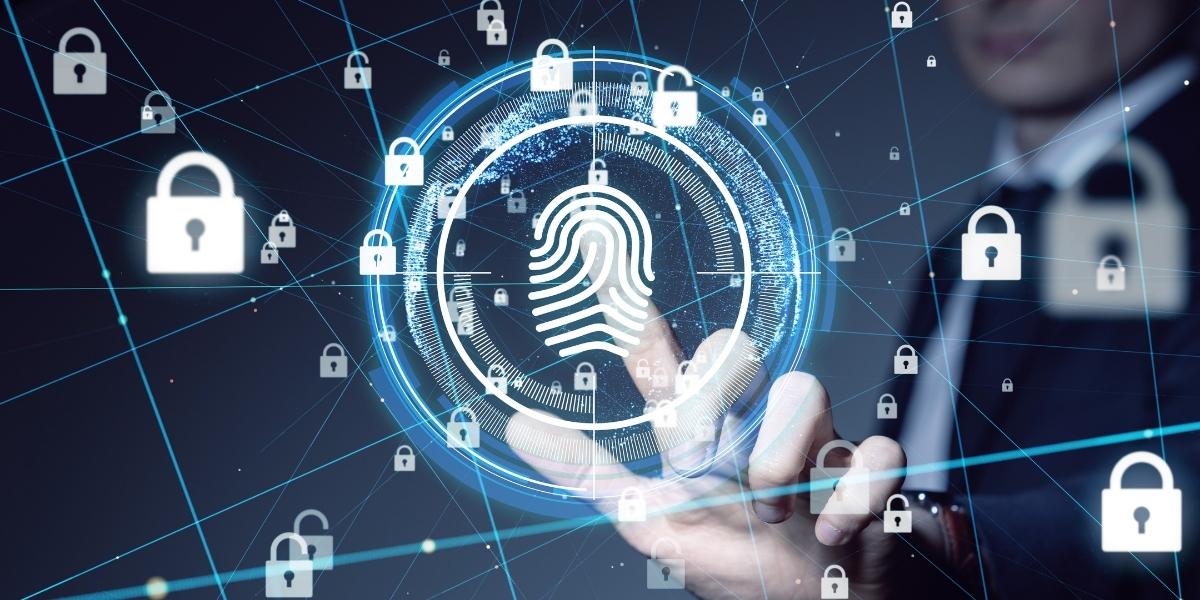In today’s rapidly changing digital world, security has become critical, particularly in the financial sector. As cyberattacks and data breaches increase, there is an unavoidable need for stronger, more trustworthy security solutions. Biometric security in banking has emerged as a game-changing option, providing increased protection through techniques such as fingerprint identification, facial scans, and voice authentication. This revolutionary technology is changing how banks protect sensitive information, making it safer and more convenient for clients.
What is Biometric Security in Banking?
Define Biometrics
At its foundation, biometric security uses unique biological characteristics—such as fingerprints, face shape, or speech patterns—to verify people. Biometrics, unlike traditional passwords or PINs, are difficult to steal or reproduce, making them an effective method of ensuring identity verification.
How It Works In Banking
Biometric security is used in banking to authenticate a customer’s identification when they access their accounts, execute transactions, or log into banking apps. The most popular types are:
- Fingerprint recognition: Scanning and matching fingerprints to a stored template.
- Facial recognition: Using facial mapping to confirm identity.
- Voice authentication: Analyzing voice patterns for secure access.
These approaches ensure that only authorized users can carry out sensitive financial transactions.
The Growing Need for Biometric Security in Banking
With the worrying surge in cyberattacks on financial institutions, standard security measures are no longer adequate. Hackers are continuously devising new ways to bypass traditional defenses such as passwords, PINs, and even two-factor authentication (2FA). Biometric security adds an extra layer of protection that is much more difficult to circumvent, making it a more secure option.
As individuals become accustomed to using biometric-enabled smartphones (such as Apple’s Face ID and Touch ID), there is a growing desire for similar security in banking. Customers increasingly expect a seamless, user-friendly experience, and biometrics meets that expectation by eliminating the need for lengthy passwords.

Types of Biometric Security in Banking
1. Fingerprint Recognition
Fingerprint recognition is now widely used in banking, especially for mobile banking apps. Customers may log in by just placing their finger on a sensor, eliminating the need for complex passwords.
2. Facial Recognition
Facial recognition technology confirms identity by analyzing a person’s unique facial structure. Banks utilize this functionality to provide safe login choices for both online banking and ATMs. For example, Citibank added facial recognition to its smartphone app, allowing consumers to authenticate transactions with their faces.
3. Voice authentication
Voice authentication examines distinct vocal qualities such as tone, pitch, and rhythm. Many banks currently employ this technology to verify customers while providing phone banking services. One famous example is HSBC’s “Voice ID,” which confirms users using their speech during telephone banking conversations.
4. Iris scanning
Iris scanning is another sophisticated biometric technology that maps a person’s unique eye patterns. Although less widely utilized, it is gaining popularity due to its increased accuracy and security. Barclays Bank, for example, has implemented iris scanning for corporate clients to authorize transactions.
Advantages of Biometric Security in Banking
1. Enhanced Security
Biometric features are inherently more secure than traditional passwords. Since biometric traits are unique to individuals, they’re extremely difficult to forge or steal. This provides banks with an extra layer of protection against fraud.
2. Convenience for Customers
With biometrics, customers no longer need to remember multiple passwords or carry physical tokens for authentication. Logging in becomes as simple as a glance or a touch, reducing friction and enhancing user experience.
3. Fraud Prevention
By ensuring that only the true account holder can access their banking information, biometric security helps to prevent identity theft and account fraud. This is particularly beneficial in preventing unauthorized transactions and maintaining customer trust.
4. Speed and Efficiency
Biometric systems streamline banking processes by reducing the time spent verifying identities. For example, customers can quickly authenticate payments using facial recognition instead of entering lengthy passwords, speeding up transactions both online and in person.

Challenges of Using Biometric Security in Banking
While biometric security has several advantages, there remain obstacles to wider use.
1. Privacy concerns
The gathering and storage of biometric data raises privacy concerns. Customers may be concerned about how their sensitive information, such as fingerprints or face data, is utilized or preserved. To address these issues, banks must put in place strong data protection policies.
2. Potential for Data Breach
Although biometrics are more secure than passwords, they are not completely resistant to hacking. In rare circumstances, biometric data may be hacked, and because biometrics cannot be updated like passwords, the implications might be serious. To prevent data breaches, banks must integrate biometric technology with extra security measures.
3. Cost of Implementation
Implementing biometric security systems necessitates substantial investment in infrastructure, technology, and employee training. Smaller banks may find it difficult to implement these systems due to the high expenses.
Pros and Cons
- Enhanced security
- Greater convenience
- Speedier transactions
- Better fraud prevention
- Privacy concerns
- Risk of data breaches
- High implementation cost
Future of Biometric Security in Banking
1. Integration of AI and Machine Learning
As biometric technology advances, artificial intelligence (AI) and machine learning will play an important role in increasing accuracy and detecting fraud. AI-powered systems can analyze massive volumes of biometric data to detect patterns and flag problematic behavior.
2. Widespread adoption
The worldwide banking industry is rapidly adopting biometric security measures as the norm. As technology becomes more accessible and affordable, smaller financial institutions are likely to incorporate biometric technologies into their operations.
3. Advanced Multimodal Biometrics.
Looking ahead, the future of biometric security in banking could involve multimodal biometric systems. This technology integrates numerous biometric techniques (such as fingerprint and facial recognition) to improve accuracy and reduce the risk of fraud.

Conclusion
As we approach a new era of digital banking, biometric security in banking presents a viable solution to the issues of protecting sensitive financial data. Biometric technology is altering the financial industry by offering greater security, convenience, and fraud prevention. While privacy and implementation costs remain concerns, the future of biometric security appears bright, especially with advancements such as AI and multimodal biometrics on the horizon. Finally, this technology empowers both banks and customers by providing a safer and more smooth banking experience for everyone.
